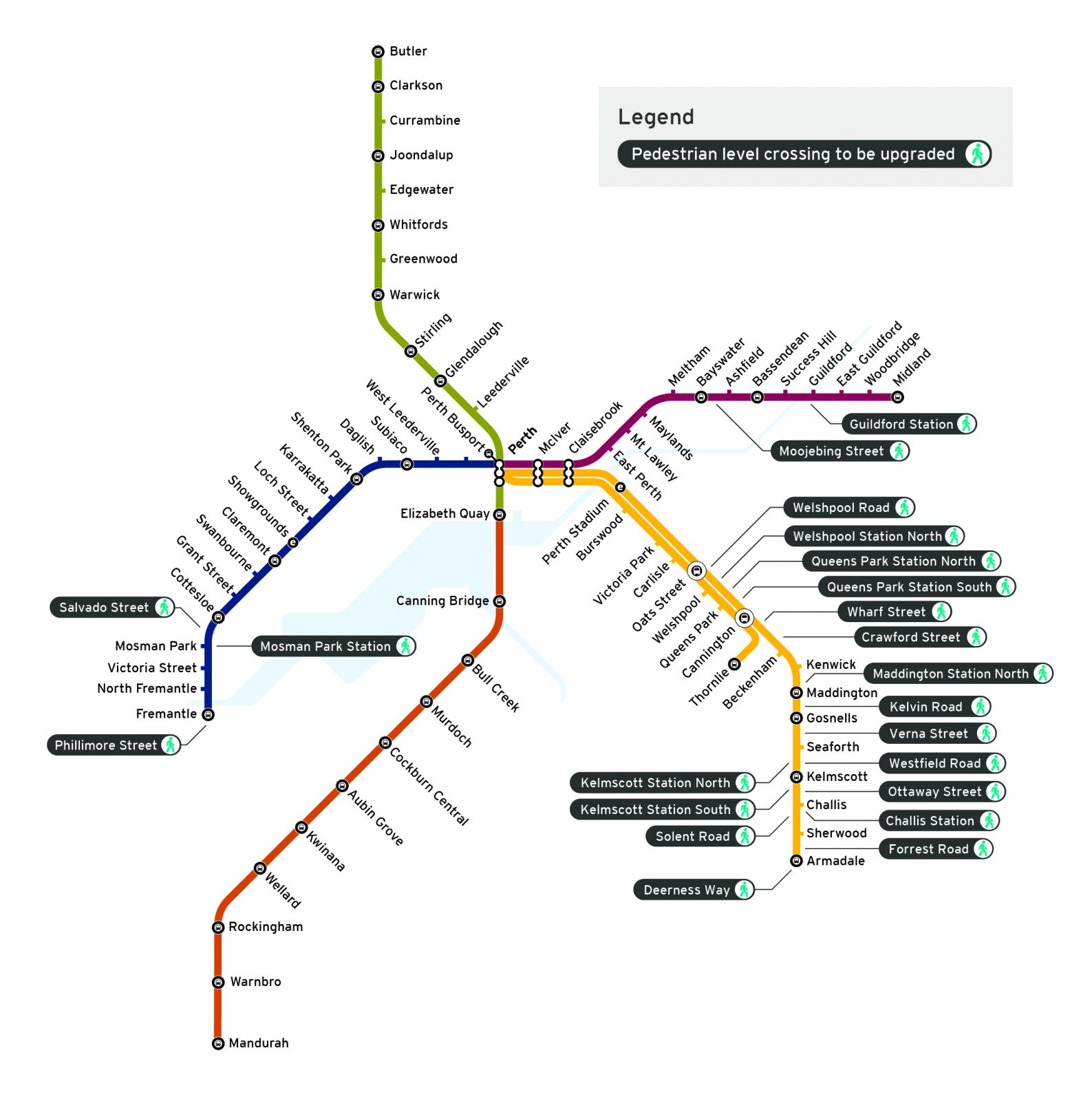Winners have been named for contracts to build, and supply and operate rail systems for the first stage of Parramatta Light Rail, and the state says four kilometres of the project will be catenary free.
NSW transport minister Andrew Constance on Thursday announced the winners of a pair of major contracts for the project, which he said will have a total budget of $2.4 billion.
A joint venture of Downer and CPB Contractors has won the $840 million contract to build the light rail line.
A consortium of Transdev and CAF has won a $540 million deal to supply and operate the network and build the depot, light rail stops and power systems.
The State said the project will use 45-metre, fully accessible vehicles, capable of carrying up to 300 passengers each.
Constance said both contract winners had a demonstrated history of delivering successful light rail projects around Australia.
“We are excited to confirm the NSW Government is investing in not one but two experienced consortia to deliver us a world-class light rail,” the minister said.
“Between them, these teams have delivered the Newcastle, Canberra and Gold Coast Stage 2 light rail networks that have transformed these cities for the better.”
The State said Transport for NSW has signed agreements with the City of Parramatta, other government agencies and the major utility providers, clearly defining responsibilities and working arrangements during construction and operations.
The Government also announced on Thursday that roughly four kilometres of the twelve-kilometre route would be wire-free, with stretches between Westmead and Cumberland Hospital, and between Prince Alfred Square and Tramway Avenue.
CAF trams utilising an on-board power supply are part of another NSW Government-driven project, Newcastle Light Rail, which is entirely wire-free.
Member for Parramatta Geoff Lee thanked the community for engaging with the State throughout the three year planning and design process.
“In a few years, Parramatta Light Rail is going to get people out of their cars and transform the Greater Parramatta region with quick and easy transport,” Lee said.
Feedback from concerned local business owners led the State to proclaim earlier this year that construction along Eat Street would not begin until 2020. It also says a three-month ‘construction grace period’ will apply along Eat Street each summer.
The contracts announced this week also require construction teams to work around evenings and other busy times, and include commitments to employ local workers.
Targeted for first operations in 2023, stage one of Parramatta Light Rail will provide services every 7.5 minutes during peak periods.
The contracts announcement comes after remediation works began in October a the future site of the project’s stabling and maintenance facility at Camellia. Roadworks are also underway to prepare the Parramatta CBD and North Parramatta for the project.












